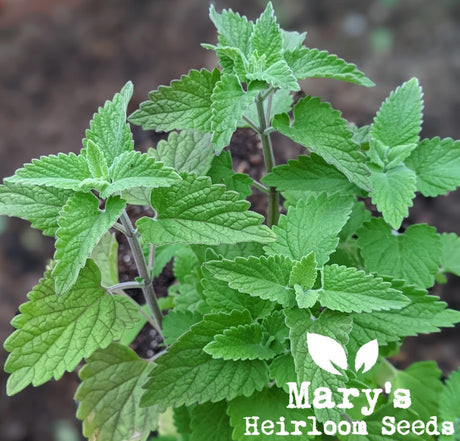
Growing Catnip from Seed
Catnip, or Nepeta cataria, is a common perennial herb plant. Native to the United States, and thriving in USDA zones 3-9. Catnip is pollinator friendly and said to repel deer....
Mary Smith |
Welcome to our store Learn more

Catnip, or Nepeta cataria, is a common perennial herb plant. Native to the United States, and thriving in USDA zones 3-9. Catnip is pollinator friendly and said to repel deer....
Mary Smith |
Over 1,000 varieties of Heirloom Seeds
Free Shipping on Qualifying orders of $20 or more
Planting guides to help you grow a successful garden